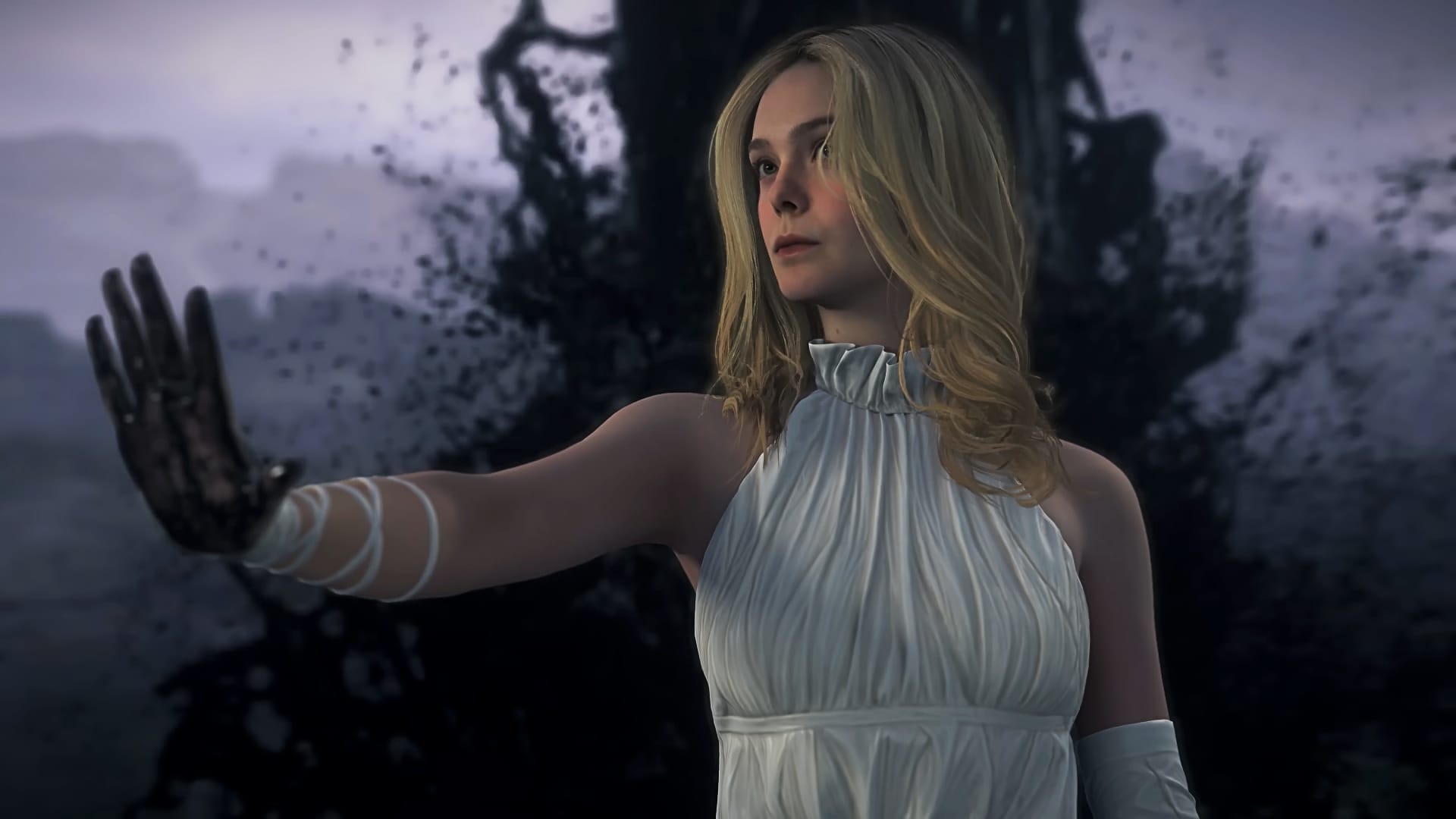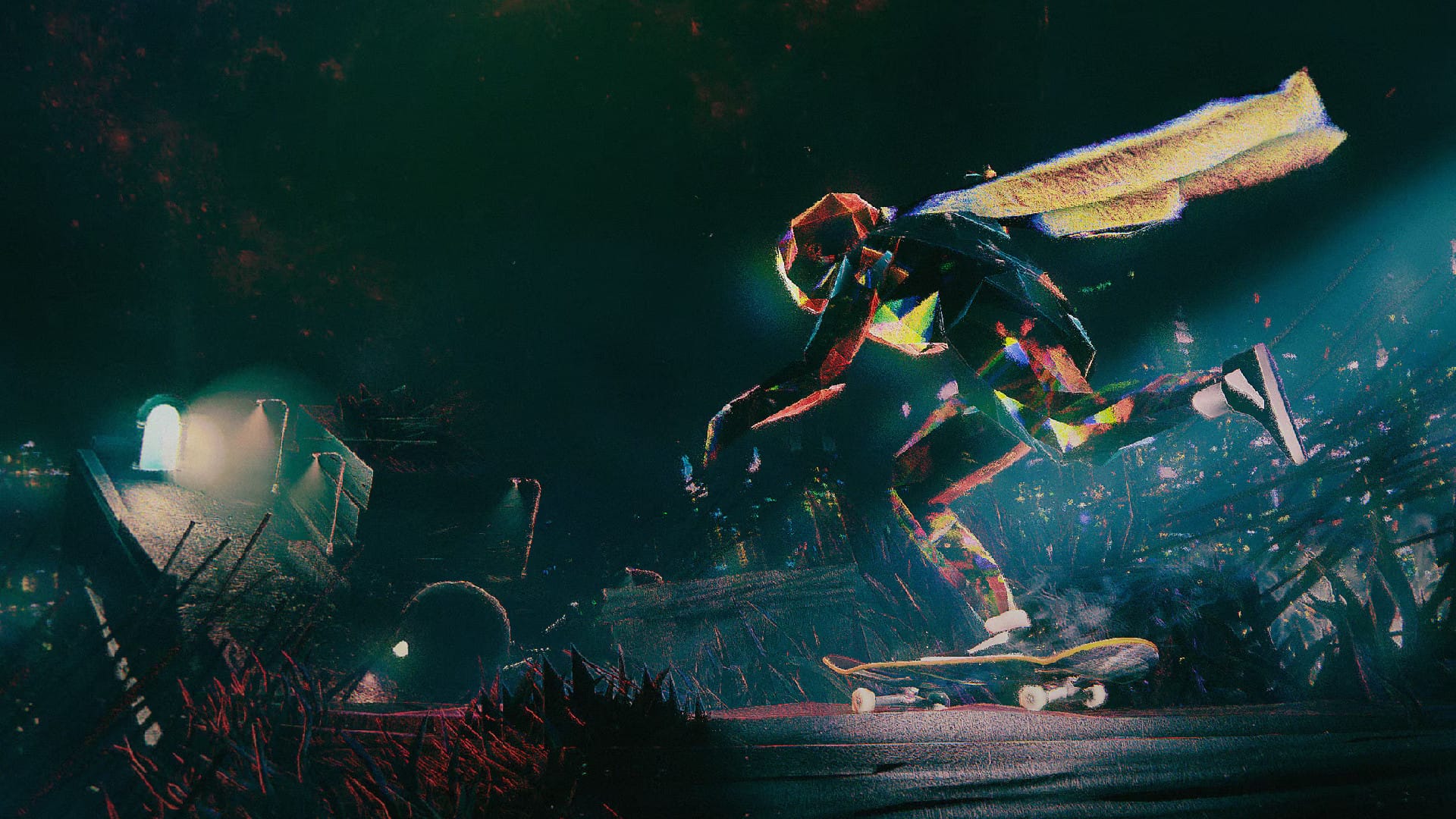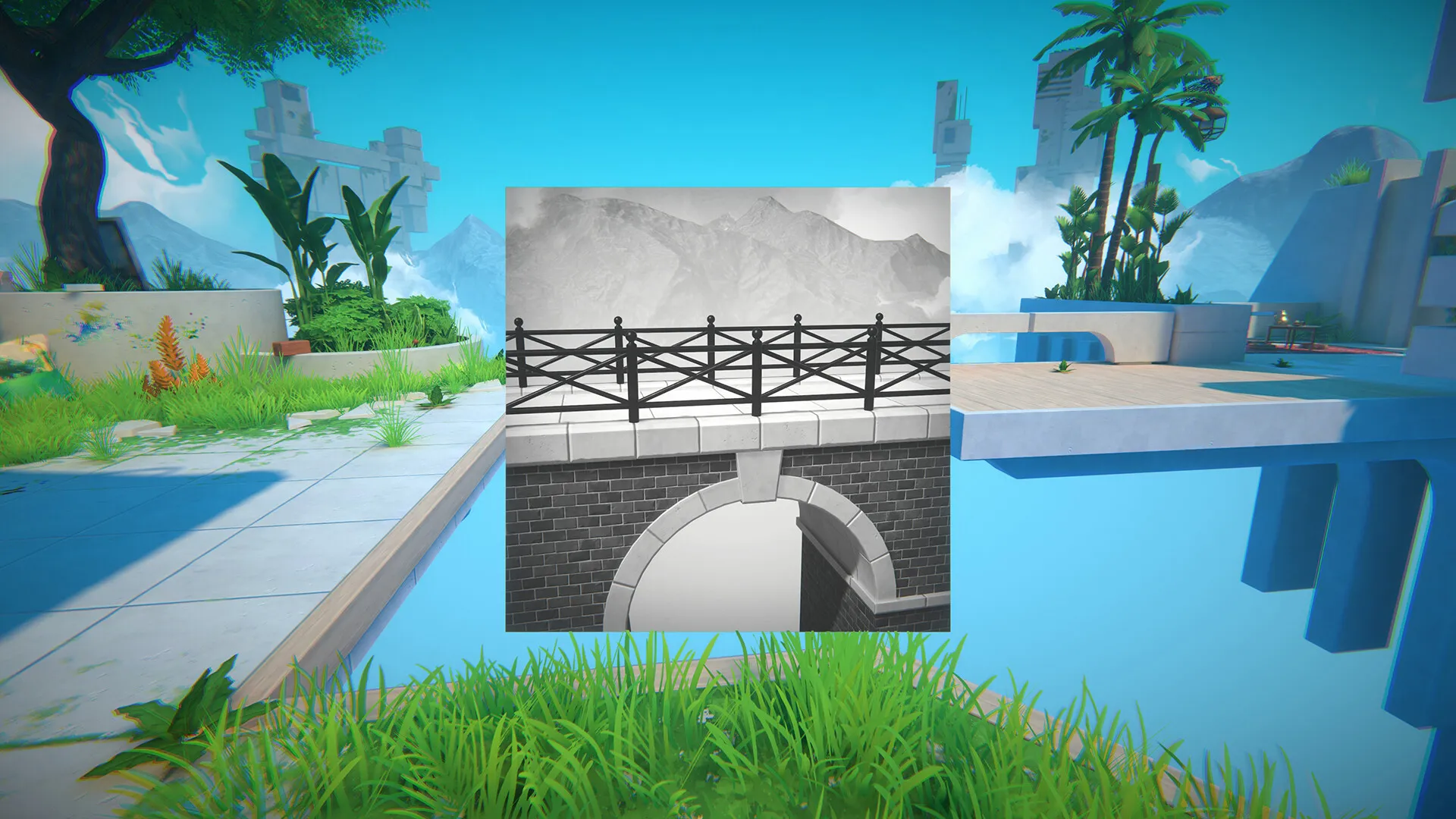Japanese videogame development has a lot of auteurs, and for as much as we can say about names like Goichi Suda (aka Suda 51, from Grasshopper Manufacture, the mind behind oddities such as Killer 7) or Hidetaka Suehiro (known to friends as Swery65, you know, the Deadly Premonition guy), no one is quite like Hideo Kojima when it comes to the hype and grandeur of his projects. But to counterbalance that, there’s usually a balance of story and gameplay innovation thrown in, making each release worth experiencing.
So when it came time for Kojima to break away from his longtime employer Konami, where he cemented his position as one of the most famous creatives in the business, manly thanks to the Metal Gear franchise he helped create, his first project as head of newly-opened Kojima Productions, 2019’s Death Stranding, proved to be… weird. Even weirder than his usual brand of the bizarre. Known for absolutely batshit stories replete with pop culture references and critiques on modern society, Hideo shot for the bleachers in his collaboration with The Walking Dead’s Norman Reedus, in a game that proved to be conspicuously predictive of what the world would eventually become with the arrival of COVID-19.
The story of a deliveryman doing his stuff in a post-apocalyptic world ravaged by a near extinction event that drove what little was left of humanity to isolate themselves as basically preppers as the realm of the living and dead clashed outside, certainly hit home with a lot of people, including me. And regardless of all the insanity that comes with a Hideo Kojima story, like the inclusion of still mother babies as of the main driving forces of the story, the so-called Bridge Babies, BB for short, it still managed to capture my attention, thanks to its structure of play, something I can also attribute to another pandemic hit here at home, Snowrunner.
So when the idea came to playing a sequel to that, I had conflicting feelings. Now, in a post-pandemic environment and having thought that the first Death Stranding was a suitably complete story on its own, I was still curious as to what Kojima and his team would come up with for Death Stranding 2: On the Beach. How would it improve upon the original, hitting almost six years later and in a whole new console generation? The answer is simple: not a whole lot, and in fact, it’s a lesser game.
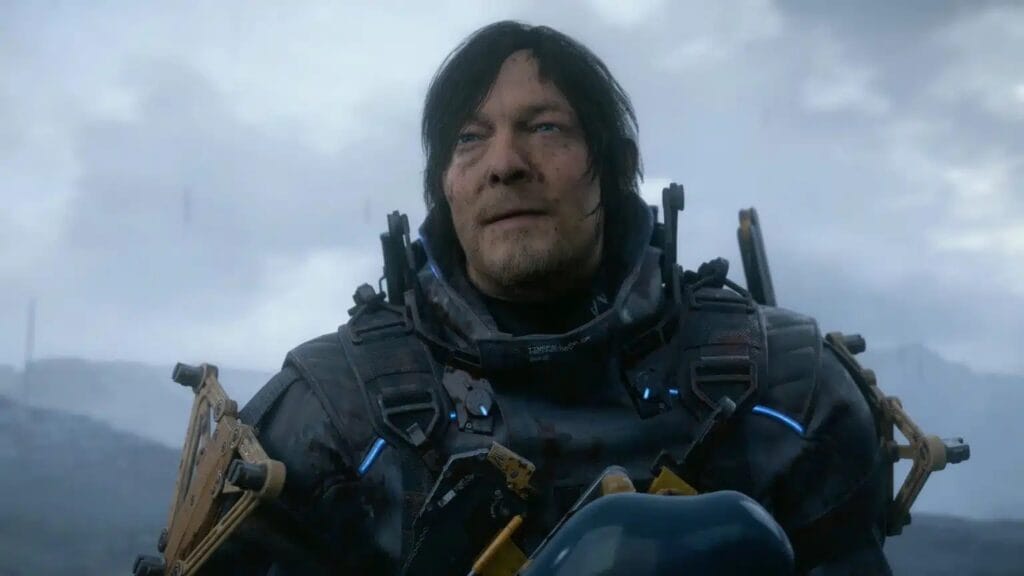
Set 11 months after the ending of DS1, Death Stranding 2 has Sam and Lou, his former BB and now infant and absolutely adorable, living on the low in the US-Mexico border, as they’re visited by Fragile, who has one last job for Sam in exchange for having his records cleaned for good – where have we heard that before? The gig: keep what the now reestablished USA government, now the UCA, had going in the first game, prolonging its chiral network down south, towards Mexico and possibly the rest of the South American continent. But when tragedy hits the happy little Bridges household, Sam sees himself once again brought back into the fold, much like Michael Corleone in The Godfather, as part of Fragile’s newly-formed Drawbridge crew, and ride around in a very cool ship with another merry crew of weirdos exploring the continent of Australia. Yay!
Wait, you’ll ask, how is Australia part of America? Without diving into a whole lot of story spoilers, well, only a little bit: after activating Mexico and adding it to the network, a gateway is opened up where the path to the rest of South America would be, teleporting Sam to the Land Down Under. With the team in tow, it’s up to our man to do his job, which as we’re constantly reminded all throughout the game, he’s exceptional at. If that’s the case, why do I keep getting Bs and Cs with all of my deliveries, huh? Anyway, that’s beyond the scope of this review and hell, it’s a teeny-tiny inconsistency that can be overlooked in the midst of the rest of the crazy ass insanity that goes on in Death Stranding 2.
Funnily enough, though, before you can get to the real core of the juicy freshly-baked crackpot pie that is the story, there’s lots and lots of the game you’re going to have to trek through, figuratively. Before the actual crazy, unfortunately, comes the carrot on the stick, as you’re fed the littlest possible for 3/4s of the thing before knowing what it’s truly supposed to be going on about. While those who have played any of the past Kojima games can attest, that is certainly true for those as well, in Death Stranding 2 that is upped to a painful degree, and the end delivery, if you will, ends up being very disappointing. The more I played the game, the more I felt let down by it.
For most of the game, Death Stranding 2 tries its best to deal with human issues like loss and grieving, as Sam has to overcome obstacles in order to find a reason to keep living, like in 1, but all of that is, along with the overall narrative, always in the backburner, hidden behind the laundry list of activities to do, but also all the convolution, tear-jerking, useless information-heavy cutscenes that litter those 3/4s of the game. And while they deal with those issues and trying to give light to backstory aspects of the original adventure, mainly Sam’s and Lou’s past, there’s just so little actual content there that when it all is finally unveiled at the other 1/4 of Death Stranding 2, after all the paper-thin slices that are given in between or through some missions.
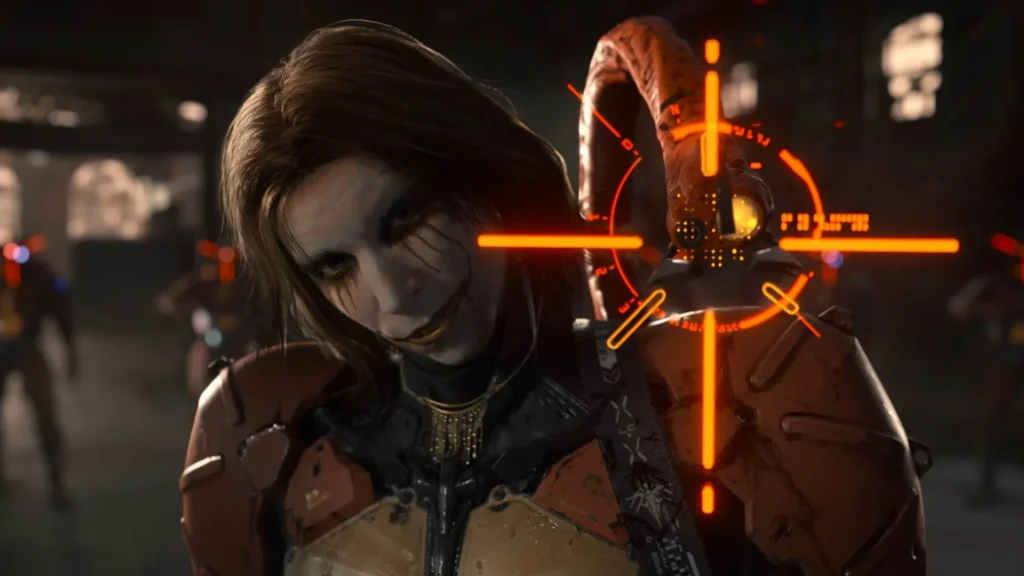
The narrative side of the game is so underwhelming that Kojima felt obligated to turn the dial on his antics to 12 in its final stretch to try and make us overlook how weak of a rollercoaster ride it all is: a comical musical number. There are also some adolescent attempts at criticism, such as Hideo’s jab at the US’ cultural and historical ties to firearms “somehow” making their way to Australia in this distorted version of the future because of the chiral network, which is ironic given his lust for them in just about every one of his products, including this very game.
Now let’s talk good: Death Stranding 2 is absolutely GORGEOUS. Powered by the Decima engine, the same one that the Horizon games use, DS2 is easily the most realistic looking videogame I have ever played. In its initial bits where flying shots of the landscape are used to set the mood, it was hard not to think that those were real world footage, but that was soon proved incorrect when the control was passed over to me in order to start playing. That shock remained ever present all throughout my more than 35 hours with it, while inhabiting the shell of Sam, I pushed myself through all manner of terrain and weather imaginable.
Given that Death Stranding 2 takes place mostly in Australia, a country/continent that runs the gamut of variety in nature and its topography, not to mention weather patterns, there’s an absurd amount of visual variety on display, which can also be said about the little bit that you spend in Mexico. Sandstorms and quakes are aplenty, and mold the way you approach your deliveries and care of the cargo being carried. There’s way more variety in those regards here than what came before, which borrowed from an Icelandic-inspired geology in order to portray a fractured, futuristic version of the ravaged United States that while beautiful, felt off from the very get-go.
The same can be said about its characters. Kojima has become an internet meme over his, let’s call, ‘fascination’, if not ‘obsession’ of having famous people over and scanning their faces for this and the previous one, and for as weird as some of the mugs looked in DS1, especially some of the secondary ones, the character work here is second to none. Norman Reedus’ Sam is, in fact, the man himself, in all his gruff and mumbling glory, and the same can be said about everyone else that’s prominently on first plane in this game, which include plenty of returning faces from the first game, like Hideo’s buddy Guillermo Del Toro’s Deadman and Léa Seydoux as Fragile, who also sport even more believable visual performances.
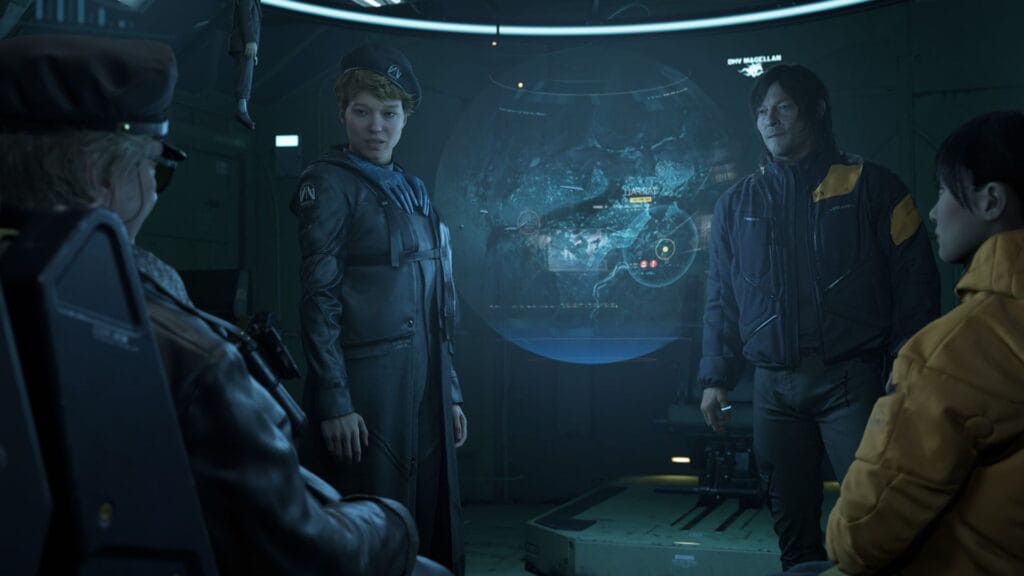
Joining the cast is Happy Feet’s George Miller – you may also have heard of him because of a little known franchise called Mad Max – who plays the ship’s captain, Tarman, not to be confused by the fan-favorite horror icon from Return of the Living Dead, no; Shiori Kutsuna, who was Yukio, Wolverine’s former sweetheart in Deadpool & Wolverine, in the role of Rainy, a girl who can literally make it rain, hence the name and the near-constant use of “Raindrops Keep Falling on My Head” by B.J. Thomas, made famous by Butch Cassidy and the Sundance Kid, a favorite of mine that will probably never leave my head thanks to this game; Elle Fanning, former child star of Super 8, as a mysterious figure from the world beyond, to name a few of the principal cast. They are accompanied by a cavalcade of other less conspicuous special appearances in the form of the many preppers you’ll meet during your journey.
Speaking of Sam’s new companions, I would remiss not to mention Dollman, a medium whose soul was trapped in a ventriloquist dummy, who serves as Sam’s partner and a fountain of jibber-jabber, the butt of one of Death Stranding 2’s only good jokes, related to Mimir from God of War. He’s probably one of the most talked about parts of the game’s pre-release cycle, ever since he appeared in the very first trailer being animated in 2s – like most of the animation in the Spiderverse movies. In-game, that makes him stand out during cutscenes as one of its major characters, not that it has any active effective gameplay-wise: he can be tossed in the air in order to provide recognizance for Sam, or on the ground as a distraction during battle which can be quite handy.
Outside of our little pal, the new cast doesn’t have the same oomph as the previous game’s, and it’s through the former’s participation that some of the story’s most memorable moments – for better and for worse – take place. One old character manages to be honored with both instances even, when Kojima tries to take us through the extremes of the emotional scale, likely unintentionally, via his manipulation of that particular person’s story arch, tying it to all the aforementioned expository drivel that you’re drip-fed for almost all of Death Stranding 2. Each of the newcomers gets their tiny spotlight as they are introduced and are left to be part of the backdrop and wait for their time to walk forward and deliver their lines during the game’s many ‘heads talking’ cutscenes or via Codec calls, with only one playing a role in more action heavy and considerably more entertaining segments.
Next, the gameplay. This was my favorite part of the original and I was curious as to how it would be treated in the new one. Lugging cargo around and making sure it made it safely from point A to point B was a ridiculously involved affair that grabbed me for the duration of Death Stranding. Sure, there were moments where there had to be some shooting and sneaking around, after all, it’s a game from the man behind Metal Gear, but the main focus was making sure the deliveries were made, and Sam is not nearly as nimble as Snake, regardless of him now being able to take the backpack off, I’m sorry to say. I loved the otherwise peaceful traversal aspect of that game, and to an extent, it’s also present in number two, but the more I played it, the more that part of the gameplay felt diluted. There’s much more combat to the game, for one, with the inclusion of numerous armed enemy types, including bullet-spongey robots, that make their presence known during actual in-game missions, and not just as obstacles in the game’s lush map.
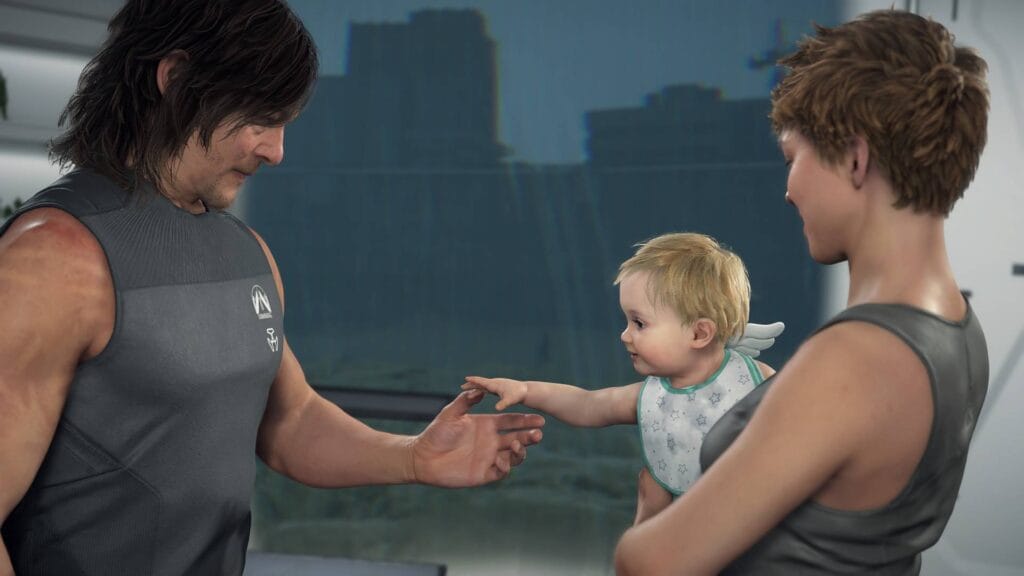
Actual main story orders now have to do with fighting off the opposition, going against what made the first game so memorable, in the way it had those elements in, but you weren’t forced to engage with them if you didn’t want to. Here, you have to in order to not just reach the end, but during the entirety of the game. There’s even lore conceits that were shoe-horned in in order to accommodate the ratcheting up of combat. Fighting other humans was incredibly well conceived in the first game, where their killing would potentially result in catastrophic voidouts, forcing you to look for non-lethal avenues while still running into folks armed with actual live rounds. Here, mostly all the weapons are non-lethal, but man, do they LOOK lethal. You can fire off quadruple rockets that don’t kill people, for crying out loud. It’s all just plain silly, even for Kojima standards, ever the more so coming off of the considerably smarter groundwork laid by Death Stranding.
As for the delivering side, you know, the part of the game that actually matters, it’s pretty good, unsurprisingly, considering the original also was! There’s a number of new tools at your disposal that make the job more manageable, like the addition of railways, that can be built little by little through the return of one of the original’s most innovative and enjoyable features, the online mix of direct and indirect cooperative play between porters all over the world. It’s back and with a bang in Death Stranding 2, and you can fire off your little heart’s content of likes at all of what others have constructed, as well as contribute to yourself, and in that, this new chapter absolutely shines. And the best part, you can engage with it all without having to sign up to PS Plus.
As a veteran of the first game, it’s also very much appreciated that vehicles are now made available much earlier into the story. The Australian map in particular is enormous, so having the option to plop parcels into the back of your truck or tucked behind you on that weird trike thing is just the best. Thankfully, for those who want to still huff it, there is the option to use carries, like in the original, and have it magically make it up the many slopes and steep climbs present in Sam’s way. There’s lots of planning possibilities to every delivery, and the game makes it a point of giving you the tools to plot your path out before even stepping outside of your base of operations, but if you’re anything like me, you’ll improvise along the way and have a merry time doing so.
Speaking of your mobile HQ, the MHV Magellan, it’s not only where most of the cutscenes take place in, where Sam can settle down and take a breather – and many MANY showers, as the cleanest man in all of the post-apocalypse, easily – but it’s also a means of transportation. It can get you anywhere on either of the two game maps, any spots you’re connected to the network, that is, with minimal penalties outside of your carrier scores, if you’re into that sort of thing. The only downside to this is that there are moments where the game arbitrarily locks it down, forcing you to fight a giant boss before carrying on and moving the story a few inches. And you can’t transport any live subjects, which can be annoying when trying to get an animal specimen back to the in-game nature reserve, one of Death Stranding 2’s new quirks. You can also fast-travel by using player-constructed map locations marked by a floating obelisk. Also handy if you like to leave all of your belongings behind. Eh, a porter can’t have everything, I suppose.
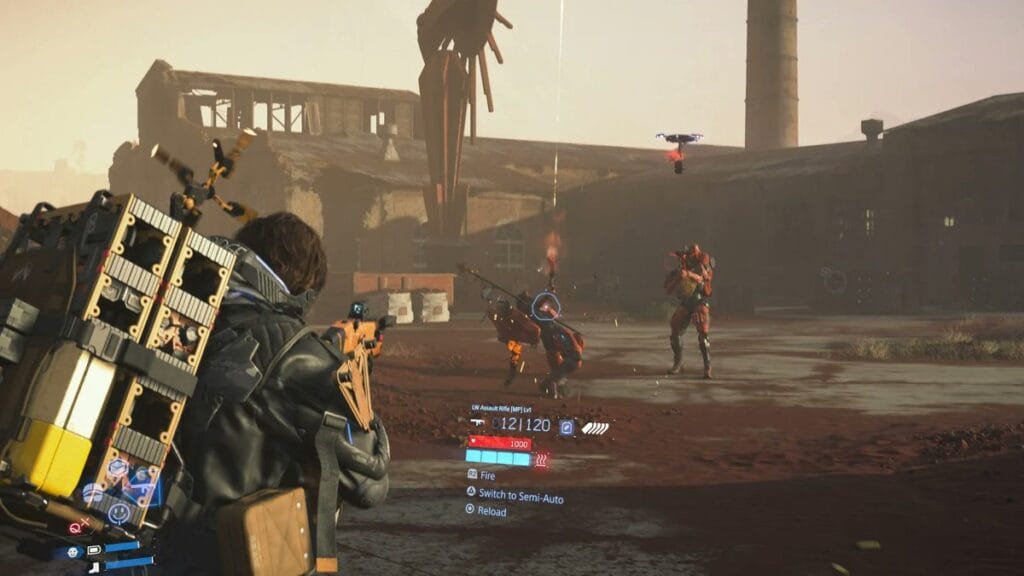
For a game where Kojima holds full creative control, Death Stranding 2 has a lot in common with Metal Gear Solid 5: The Phantom Pain, one he had the very opposite, so much so that it ended up going out the door with an unfinished. There’s no overarching saga to complete here, no Outer Heaven to fit into a multi-game, decade-spanning series here, where there’s only an already very self-contained game, the first Death Stranding. They’re both open-world experiences with progression tied to a mission structure, with the option to do a variety of side activities that have little to no bearing on the story, only to add to your character’s arsenal and/or bag of tricks, and the potential of multiplying gametime ten-fold. Both are games with very flimsy stories with lackluster endings, otherwise full of promise that is ultimately unreached.
While, yes, the comings and goings of the two are good, and I’ll even say that MGS5 has the better of this over DS2, they prove that with the constraints of more linear gameplay and a good, no-holds-barred editor, Kojima is a better creator. Death Stranding 2 wouldn’t be as frustrating a time if there wasn’t so much filler, for as tasty as it can be in a gameplay sense. But having, for instance, to walk from one side of the map to the other because for some dumb reason your ship can’t take you there only to have to double back shortly after, is the sort of BS that’s put in place in lieu of an actual good story. It’s a major detraction to the game, because it actively stands in the way of what’s good about Death Stranding has going on for it to begin with: the work.

